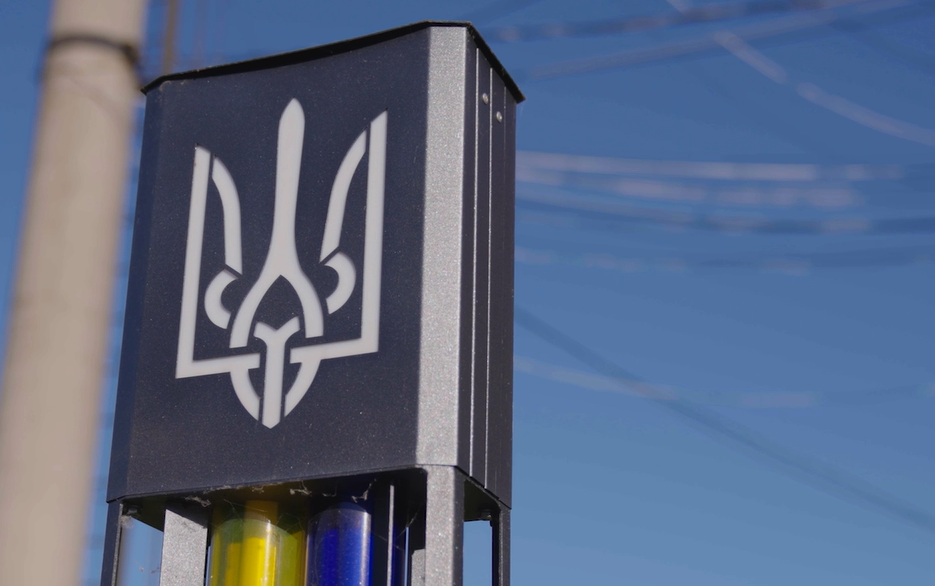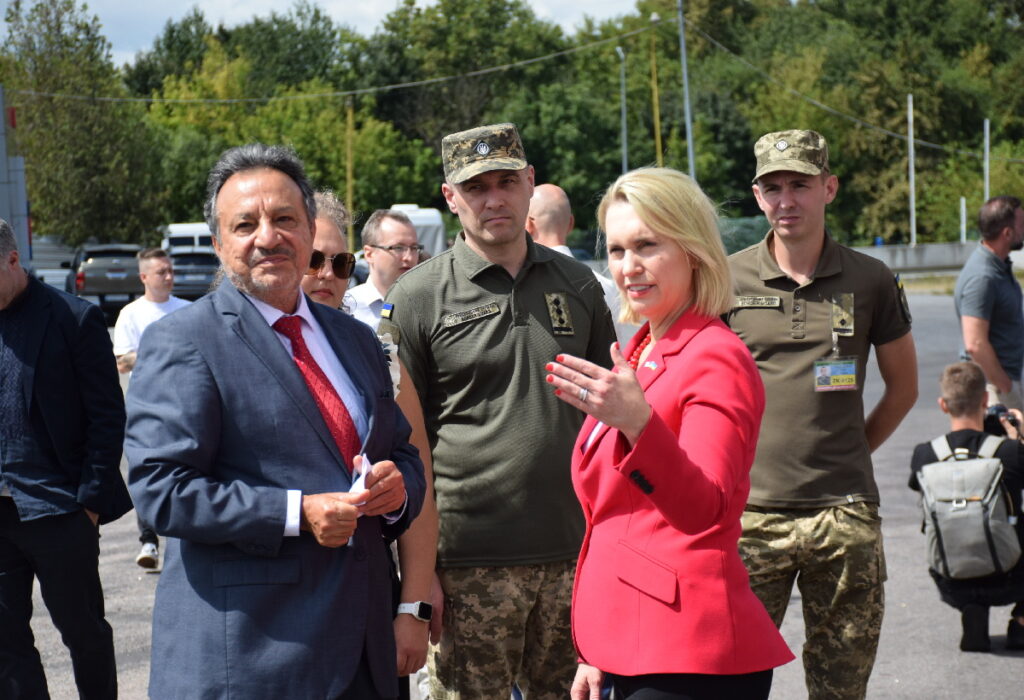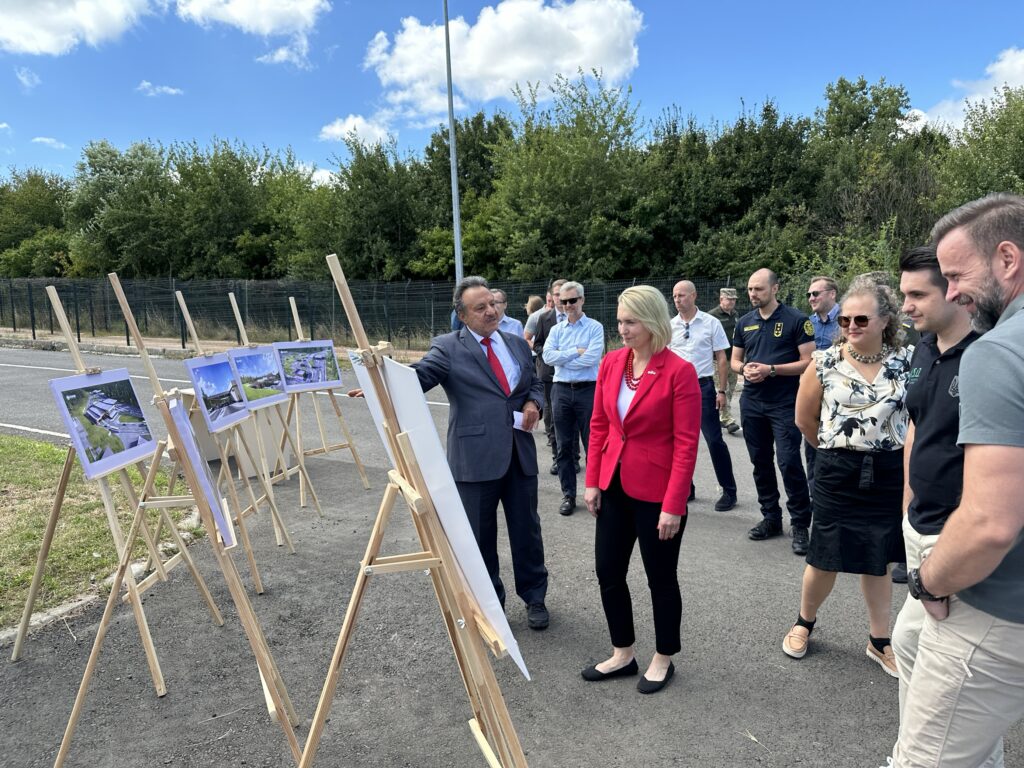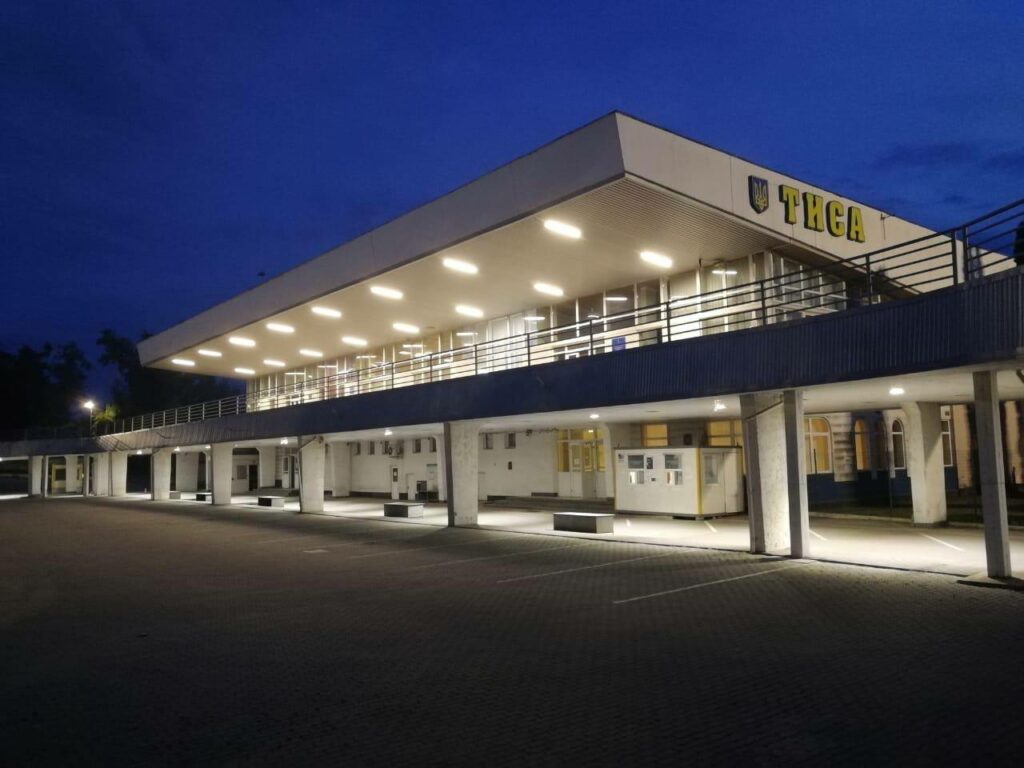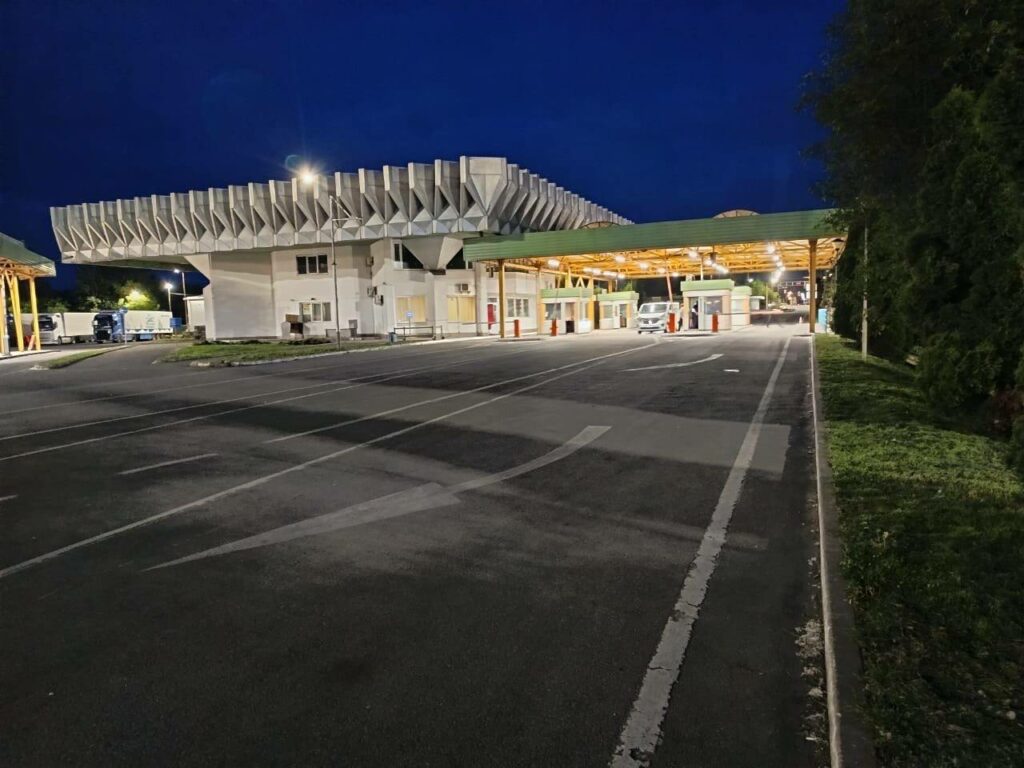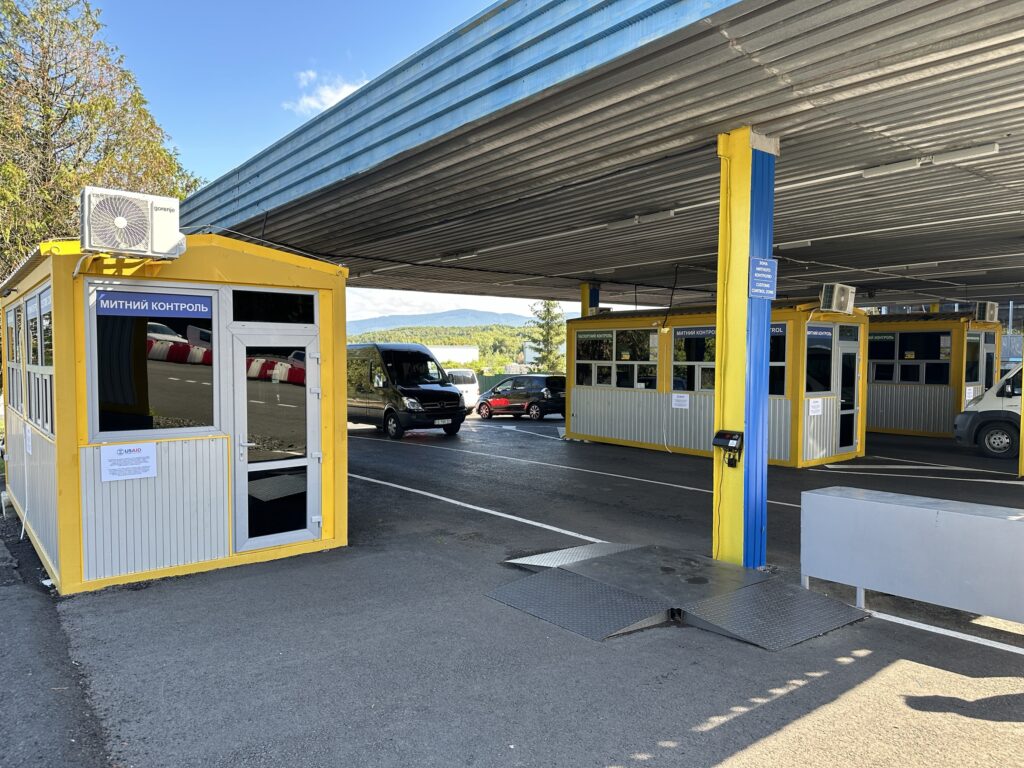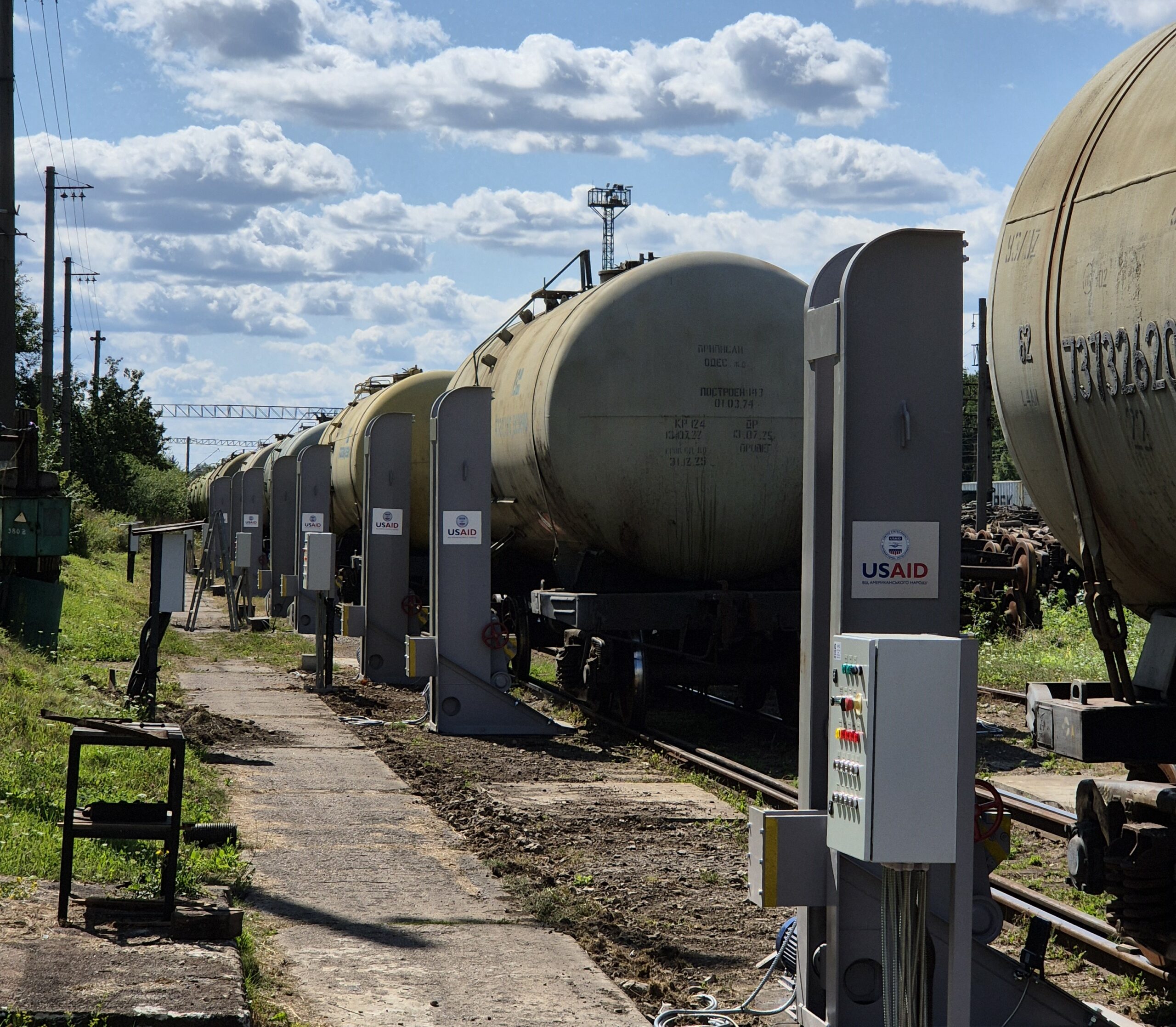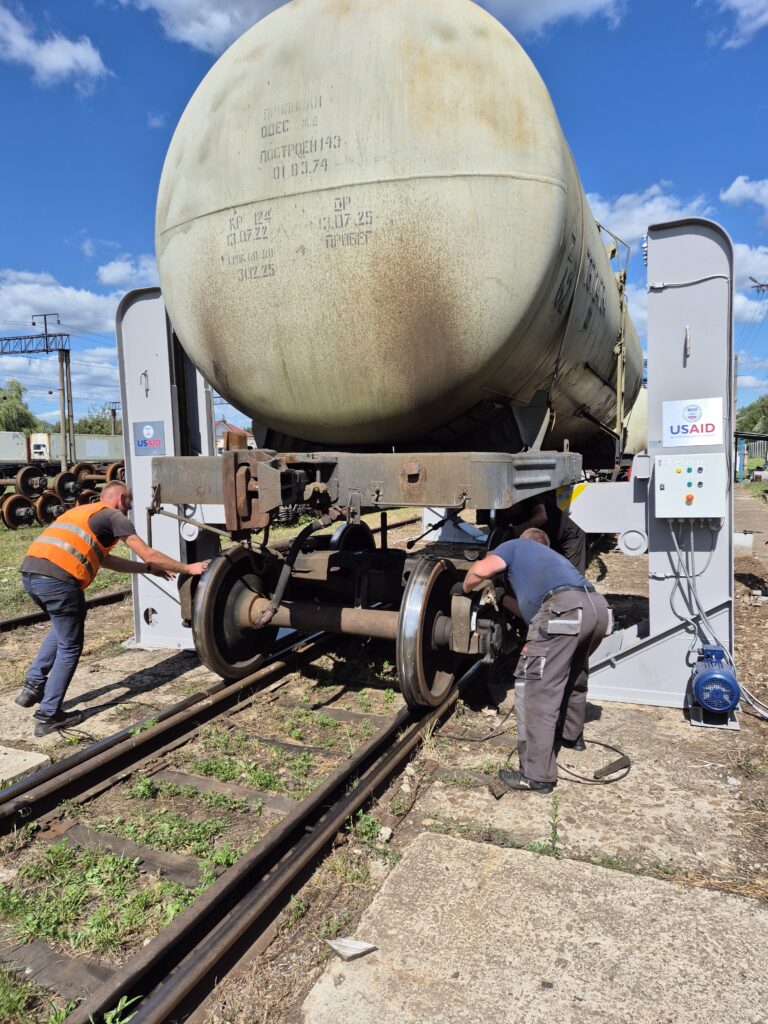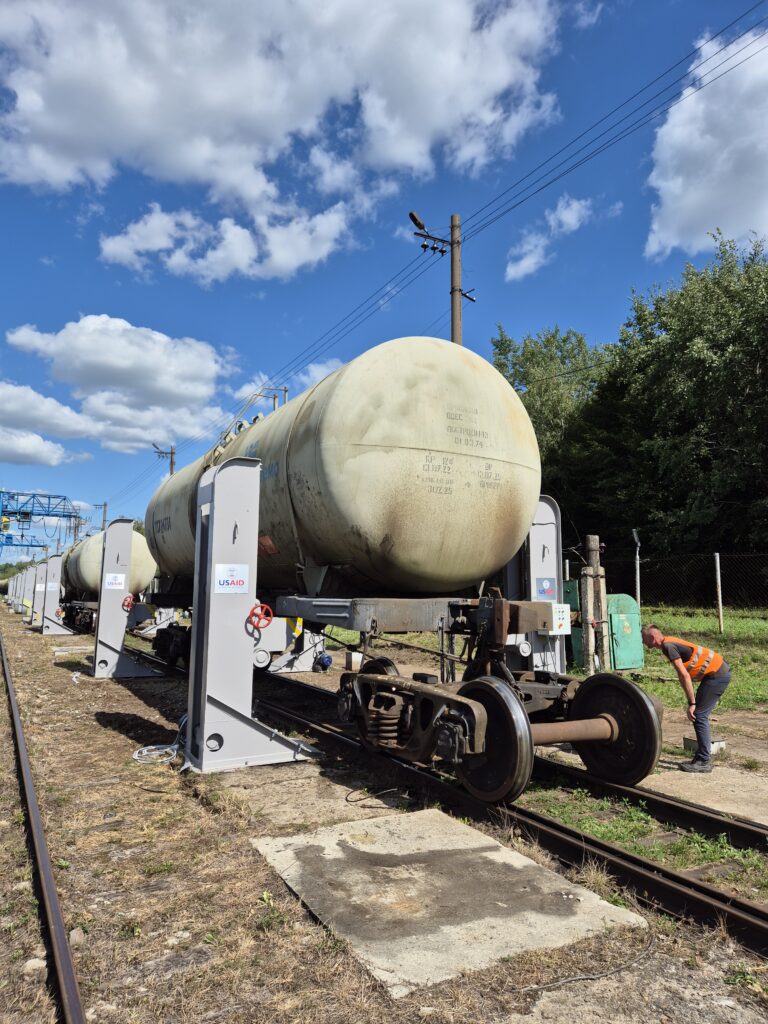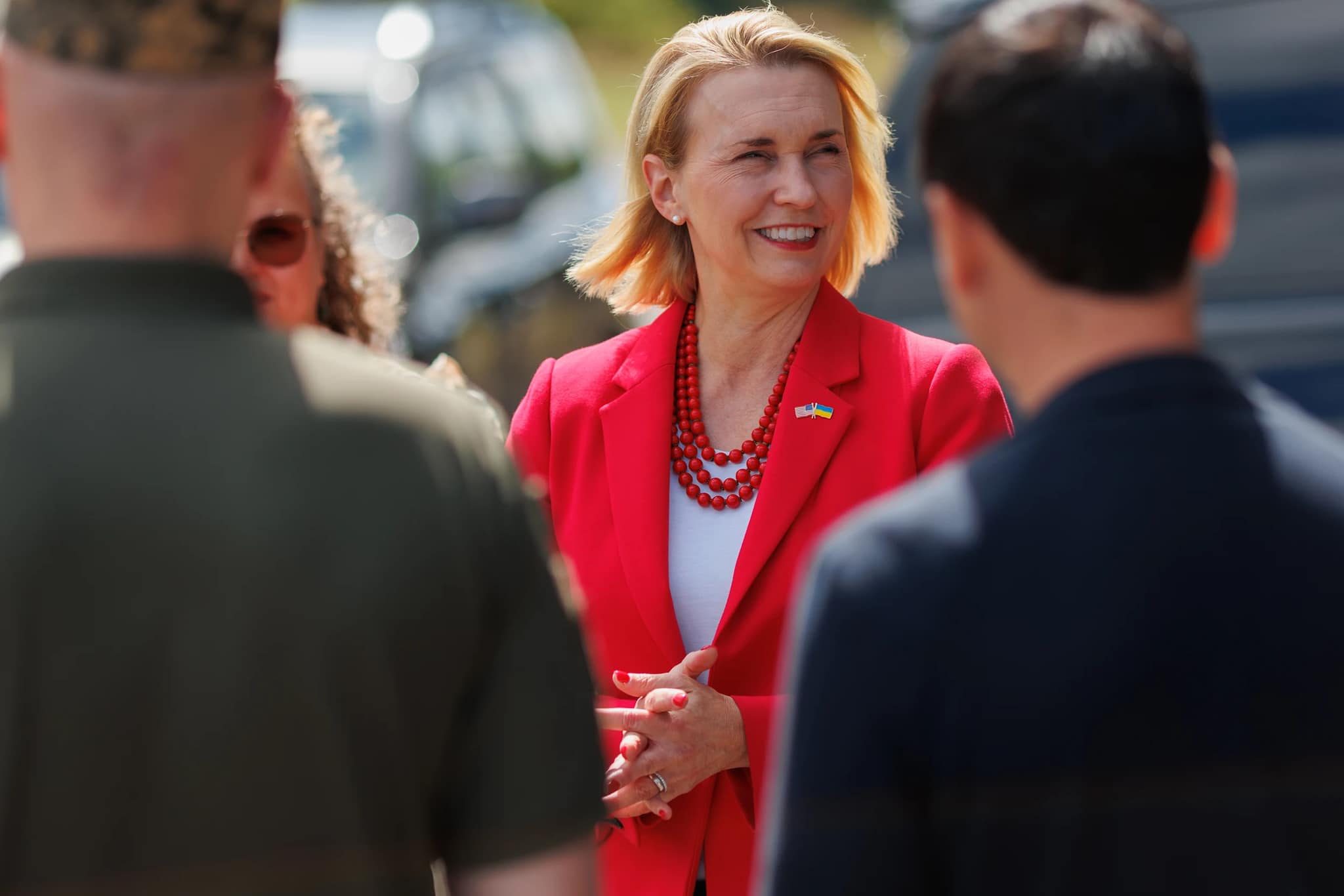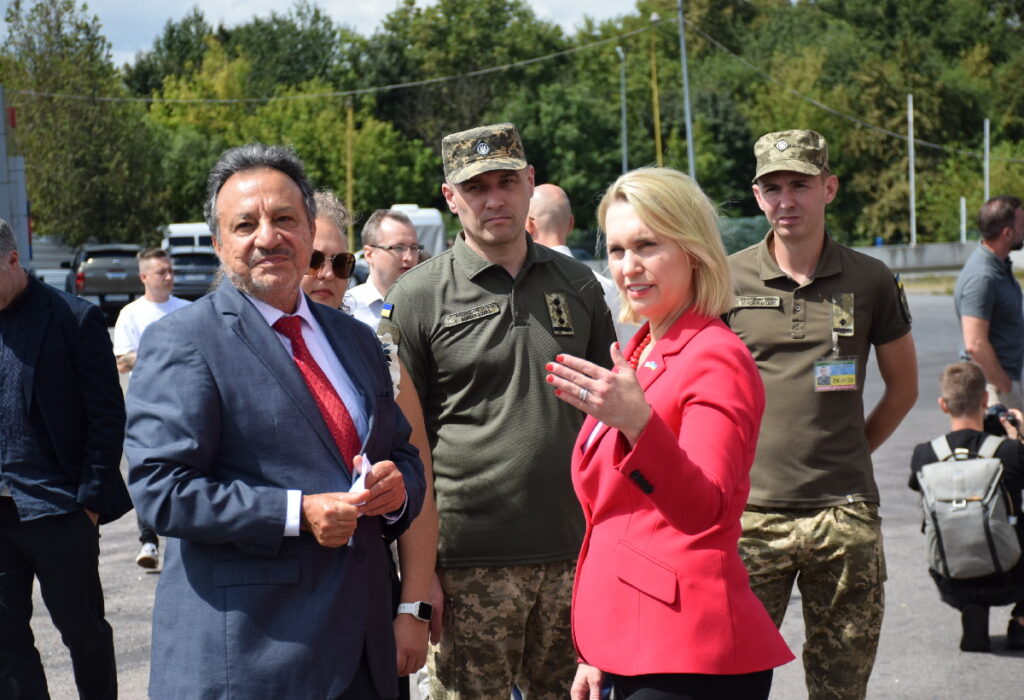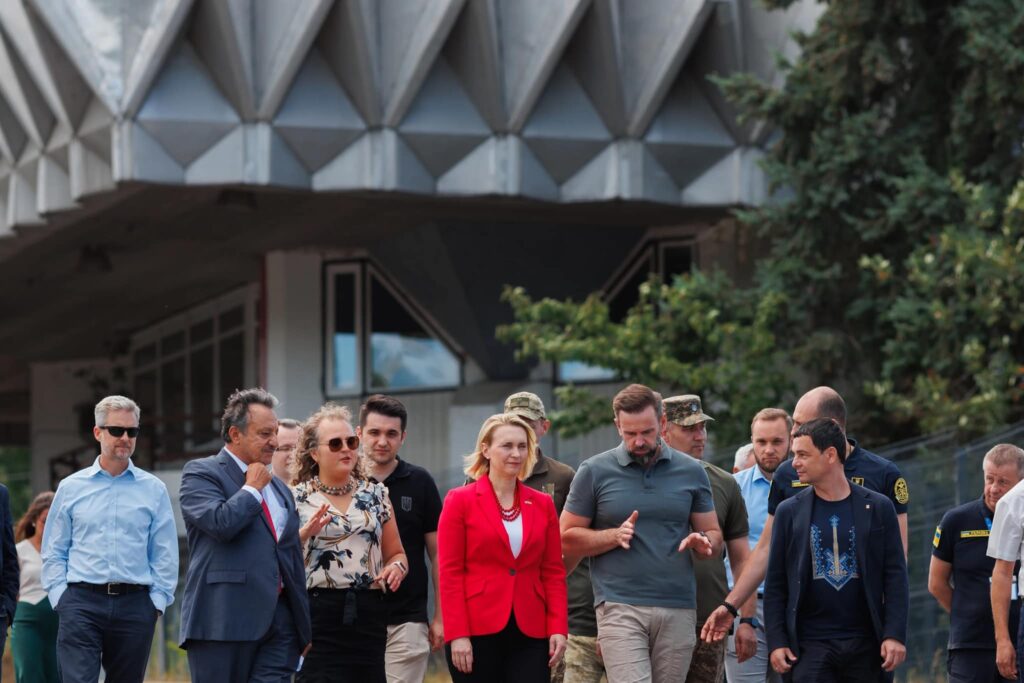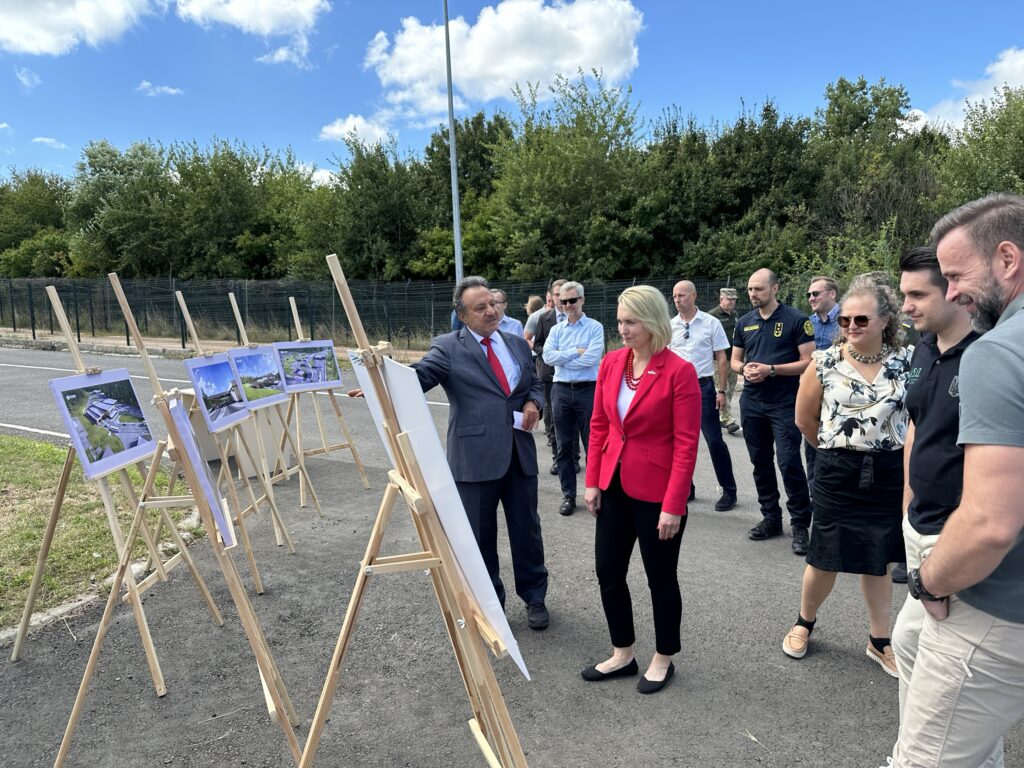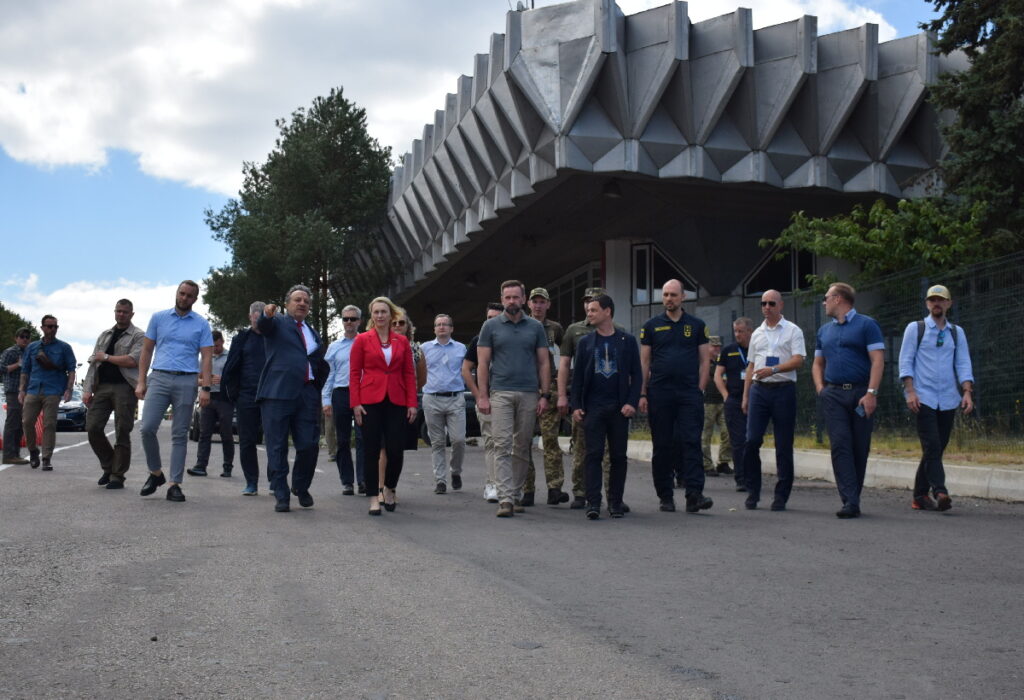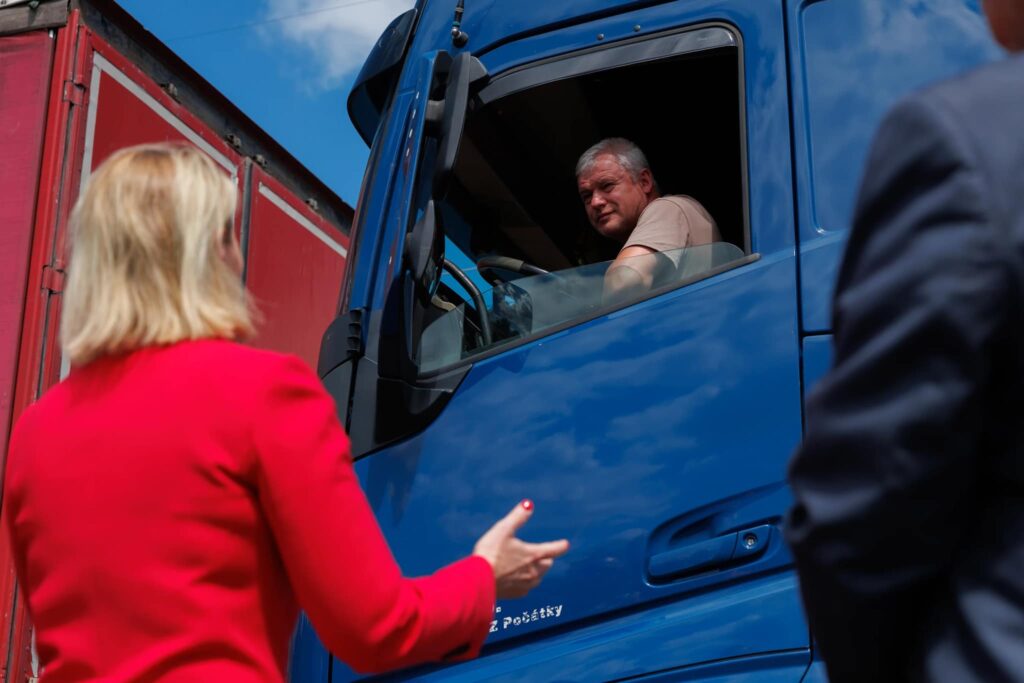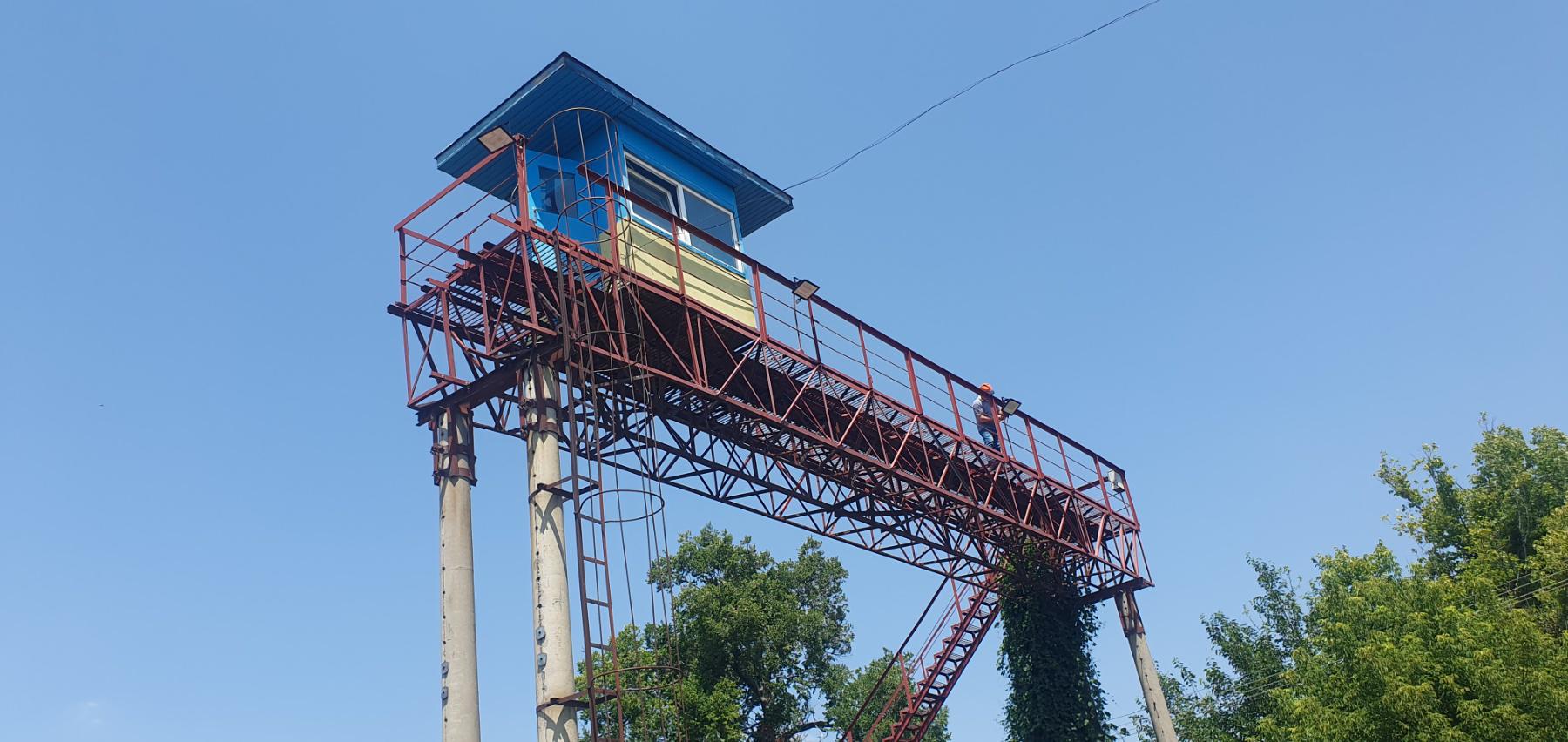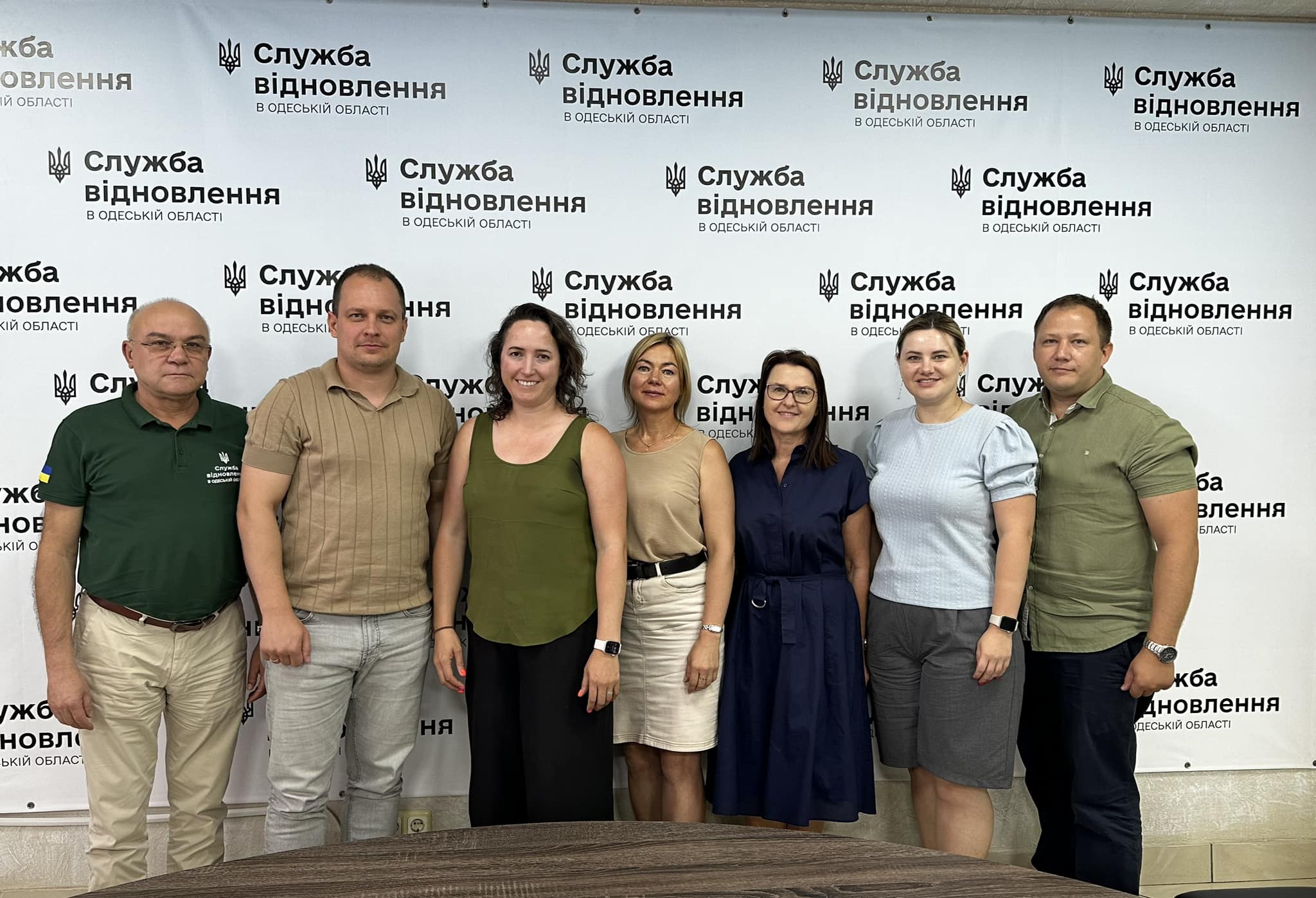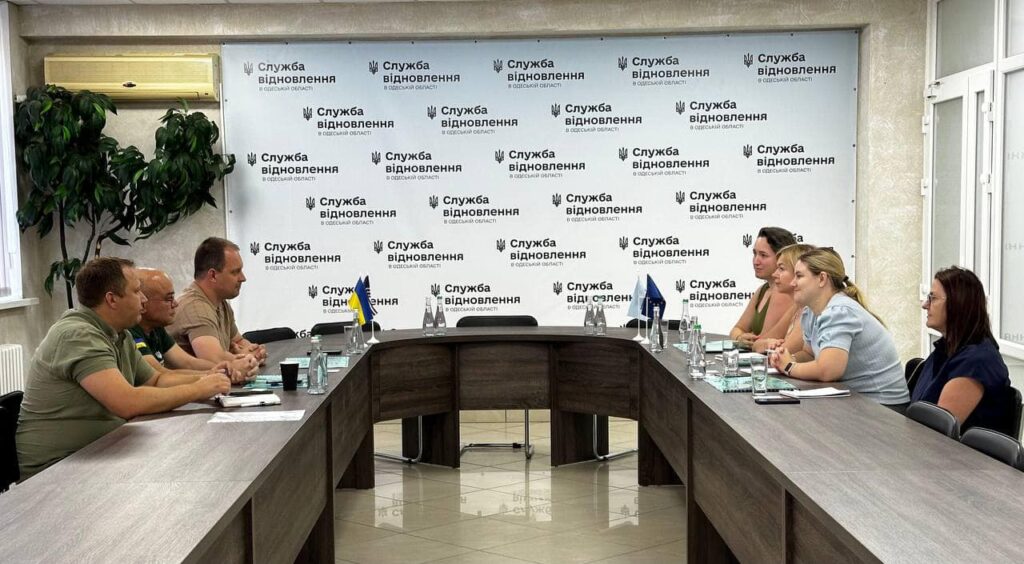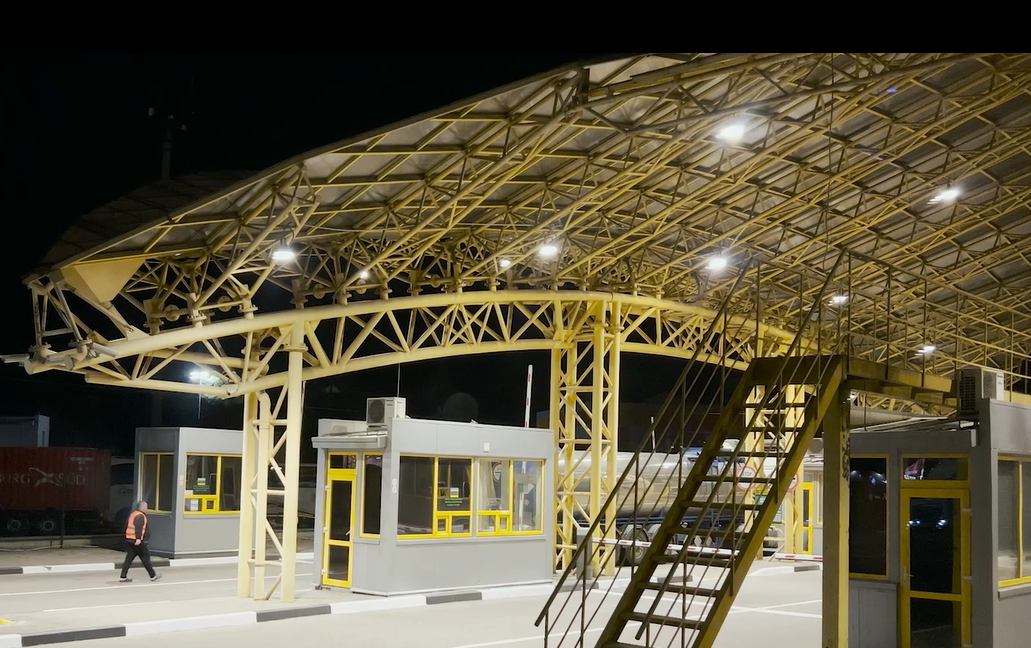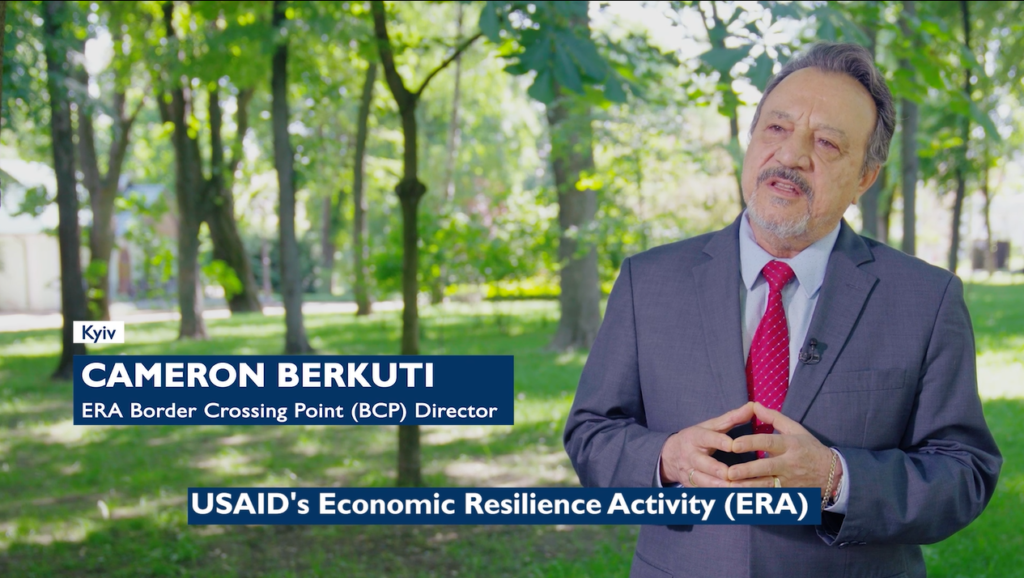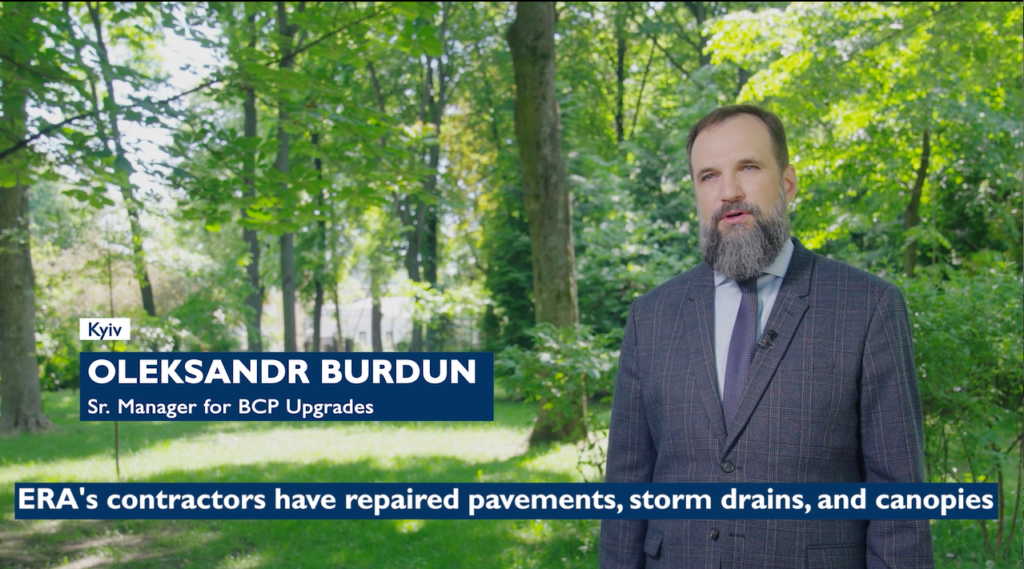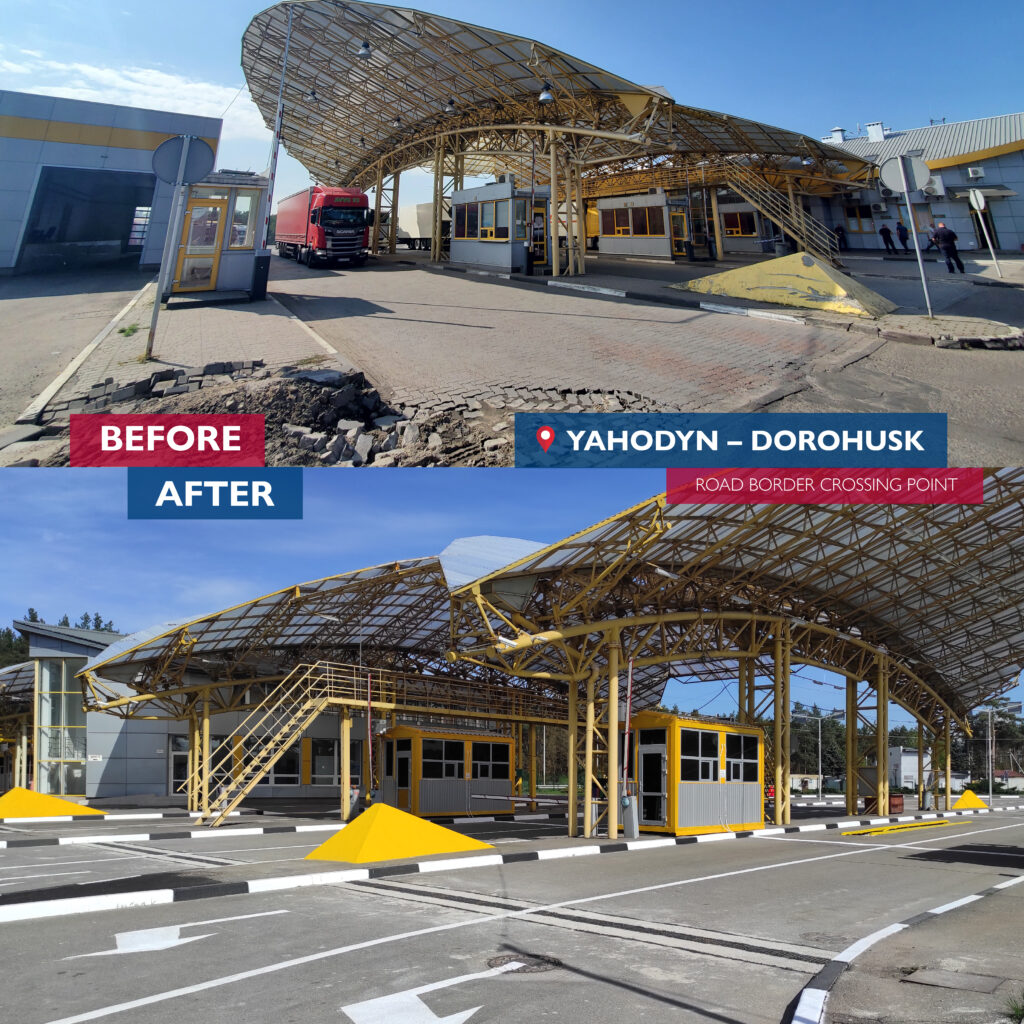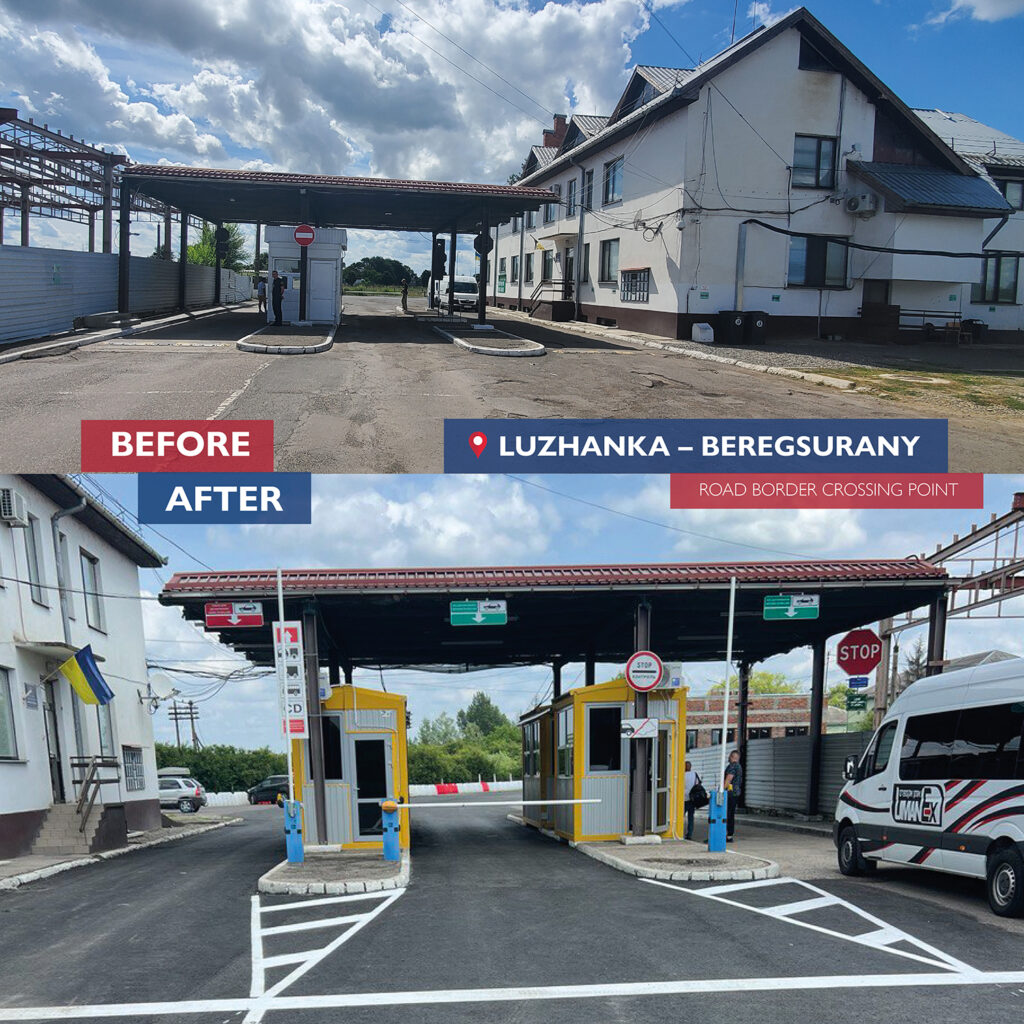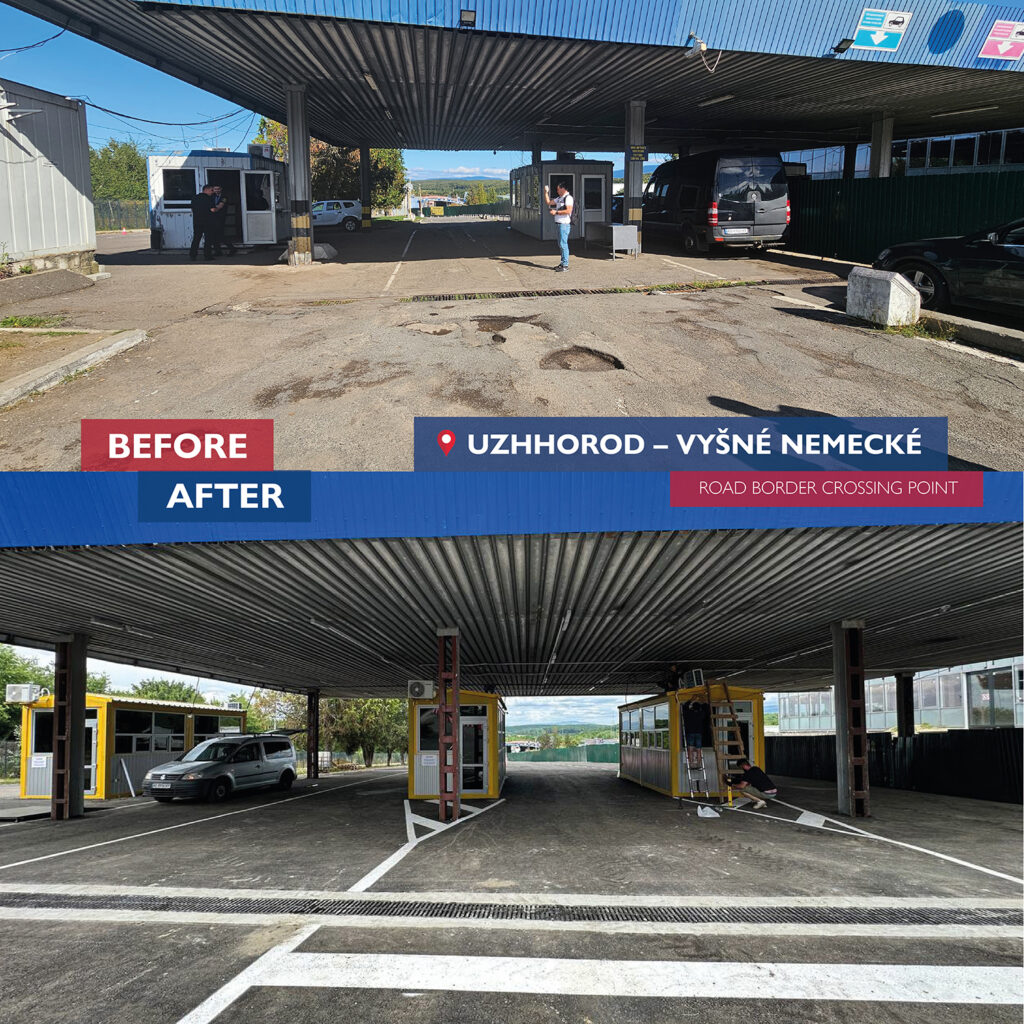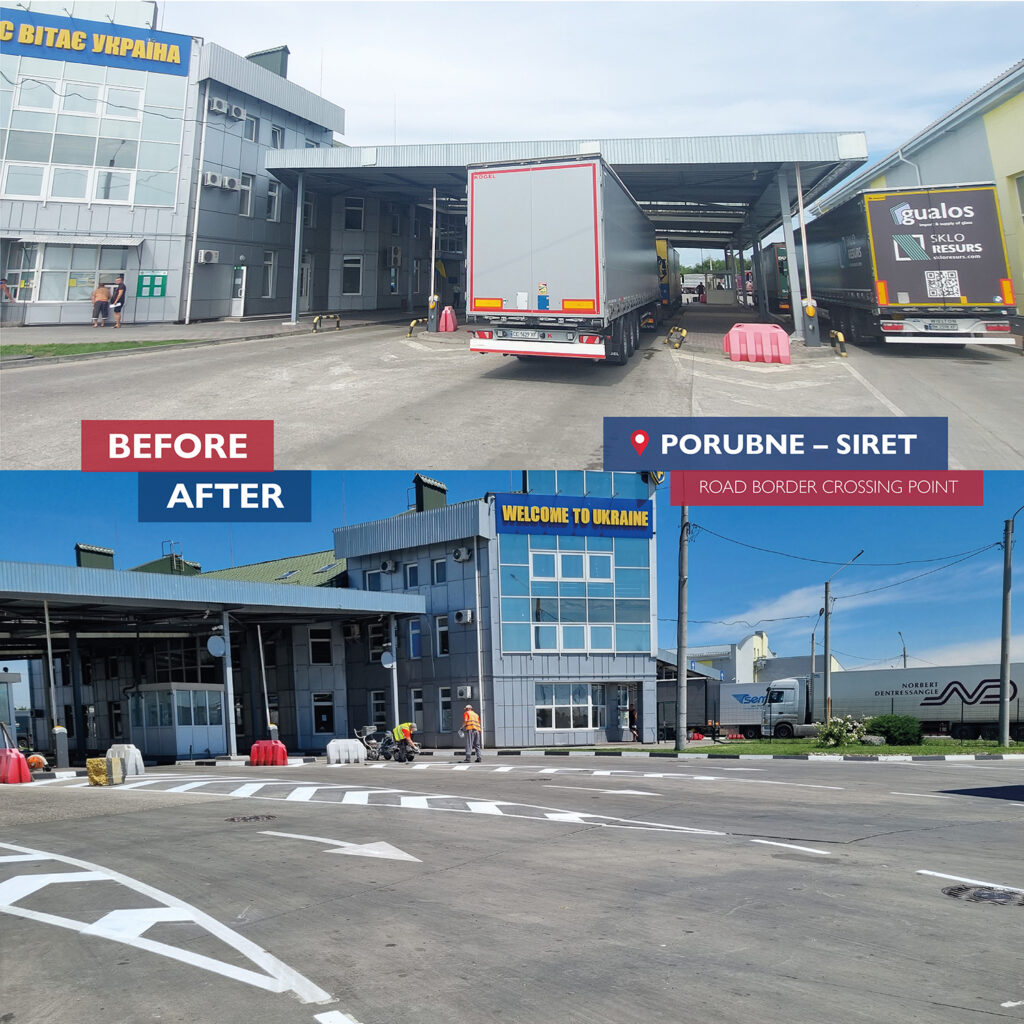USAID Economic Resilience Activity (ERA), in cooperation with the Ministry for Communities, Territories and Infrastructure Development of Ukraine, the State Agency for Restoration and Development of Infrastructure of Ukraine, and the State Customs Service of Ukraine, is working to improve infrastructure at border crossing points (BCPs) on Ukraine’s western borders. This initiative aims to increase the BCPs’ efficiency, reduce waiting times, and create comfortable conditions for travelers and BCP staff.
BCPs on Ukraine’s western border in the Zakarpattia region have long faced infrastructure problems, such as outdated buildings, insufficient lanes, lack of modern sanitary facilities and equipment, and limited space to handle the growing traffic. These problems led to delays and inconveniences for travelers and impeded the effective implementation of customs and border procedures.
“We understand how vital the services provided at border crossing points are. This is why ERA is working on improving the conditions of BCPs and creating a favorable environment that enables more efficient export procedures. This is important for both travelers and BCP staff. In Zakarpattia Oblast, USAID ERA has already implemented a range of important improvements,” said ERA BCP Director Cameron Berkuti.
ERA vendors installed 381 LED lights at eight road BCPs in Zakarpattia Oblast — Dzvinkove—Lonia, Kosy—Barabash, Vylok—Tiszabecs, Malyi Berezniy—U’bla, Solotvyno—Sighetu, Chop (Tysa)—Zahony, Luzhanka—Beregsurany and Uzhhorod—Vyšné Nemecké.
At the Uzhhorod—Vyšné Nemecké and Luzhanka—Beregsurany BCPs, ERA installed 10 modern prefabricated buildings for use as offices for border officials and restrooms with handicap access for travelers and new road signs and barricades and provided garbage bins for waste sorting. ERA contractors have repaved the road pavement, made road markings, installed LED lights, and added and expanded lanes. For example, an additional traffic flow lane at the Uzhhorod—Vysne Nemecke BCP will increase the traffic capacity by 680 vehicles per month and the turnover of agricultural goods by 14,000 tons per month.
Vasyl Tatush, acting head of customs in Zakarpattia Oblast, says: “The new modular buildings provide comfortable conditions for our staff. There is now modern furniture with comfortable temperatures thanks to the installed air conditioners, which save us in the summer heat and significantly speed up customs procedures. Thanks to the movable road barricades, we can separate traffic lanes in a way that is convenient for the border guard to organize the BCP operation and for customs officers to perform customs formalities at the BCPs.
He noted further: “Now, we receive a lot of positive feedback from travelers. Previously, the Slovakian side of the BCP was more modern, and travelers were not pleased when they entered the Ukrainian border, to be honest. Once the passenger traffic was relaunched at the renovated Uzhhorod—Vysne Nemecke BCP with new modular buildings, new clear road signs, and road markings, many travelers who often cross this BCP were surprised. They said that at least now they can figure out where to go and where to stop for an inspection by the border guard. We are also very pleased with the new sanitary modules. Now, there are more of them at this point, they are modern. In fact, we have only positive feedback.”
As part of the modernization of Ukraine’s BCPs, USAID ERA aims to improve the efficiency and comfort of border crossing for both BCP staff and travelers by reducing waiting times and improving the quality of service at the border.
Stanislav Baluyev, Deputy Head of the Department of Border Crossing Points and Infrastructure Development in Zakarpattia Oblast, highlighted: “Thanks to the cooperation with USAID ERA, we were able to implement quick solutions to improve border crossing conditions. These improvements have had a positive impact on staff performance and the speed of document processing, which in turn has increased the overall efficiency of the BCPs.
We believe that we have done our best to improve the border crossing environment for travelers. We are grateful to our partner, USAID ERA, for making this possible in Ukraine. We look forward to further cooperation and have plans and prospects for improving the work of other BCPs. We are working, we are grateful to our partner, and we hope for fruitful cooperation in the future.”
Between 2023 and 2026, USAID, through ERA, is dedicating $115 million to support the Government of Ukraine. This support includes the Ministry for Communities, Territories and Infrastructure Development of Ukraine (Ministry for Restoration), the State Agency for Restoration and Development of Infrastructure of Ukraine (Agency for Restoration), the State Customs Service, and Ukrainian Railways (UZ) to upgrade 42 of Ukraine’s border crossing points (BCPs).
